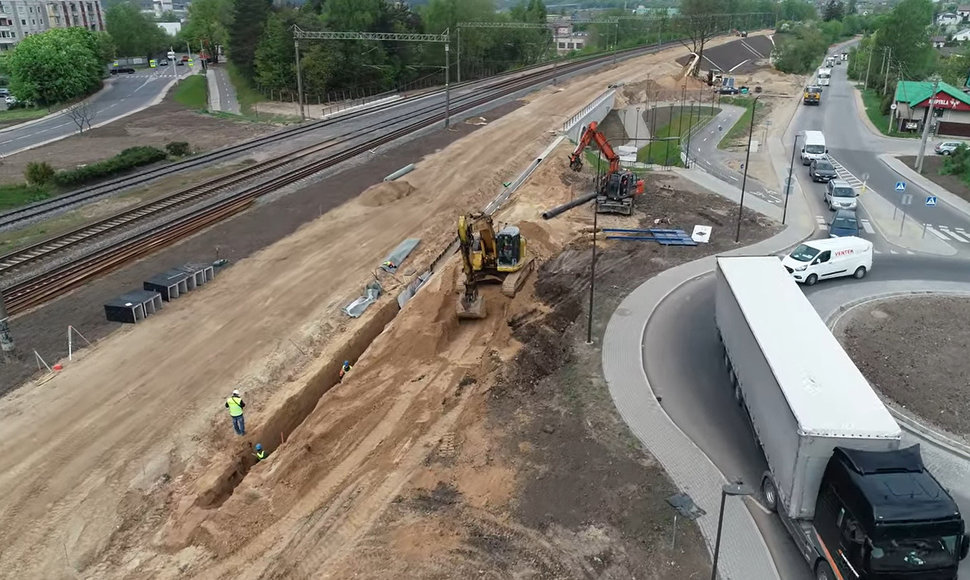“When the EURopean standard gauge railway Rail Baltica commences operation, Lithuanian railway infrastructure will expand significantly, the density of train traffic will increase, technological maintenance differences will emerge for differing standards of infrastructure, which will necessitate more scrutiny and capacity needs to be allocated to maintenance activities It is clear that the existing depots will not be adequate and so we will have to prepare and construct new ones,” Karolis Sankovski, head of Lietuvos Geležinkelių Infrastruktūra says.
During the first stage of the work, development options for no less than four 1435 mm railway gauge railway infrastructure maintenance depots will be prepared, as well as the infrastructure related to them (railway roads, buildings, construction and other apparatus).
These options will be drawn up in line with the conclusions of the railway infrastructure technical maintenance capacity study of the Rail Baltica project. They will also have to meet criteria such as facilitating access to necessary utilities. Access roads will have to be built, as well as other necessary infrastructure.
Based on multi-criteria and cost-benefit analysis, optimal alternatives for Rail Baltica railway infrastructure maintenance depot development will be selected and the required areas will be created. On this basis, land procurement actions for national requirements will be carried out and planning procedures completed.
The project will be financed from EU structural funds and the Republic of Lithuania state budget, and/or AB Lietuvos Geležinkelių Infrastruktūra funds. The depots for servicing Rail Baltica’s railway infrastructure will be set up by 2026.
Rail Baltica is the largest railway infrastructure project in the Baltic States’ history. In implementing it across the Rail Baltica route, an electrified EURopean standard gauge railway line will be laid from Warsaw through Kaunas to Riga and onward to Tallinn.
The combined length of the Rail Baltica railway line across the Baltics is 870 km: 392 km in Lithuania, 265 km in Latvia and 213 km in Estonia.
The project’s construction costs are expected to be valued at EUR 5.8 billion. This is the largest investment aimed at improving mobility and travel opportunities, developing business, tourism and exchanges of goods in the region.












